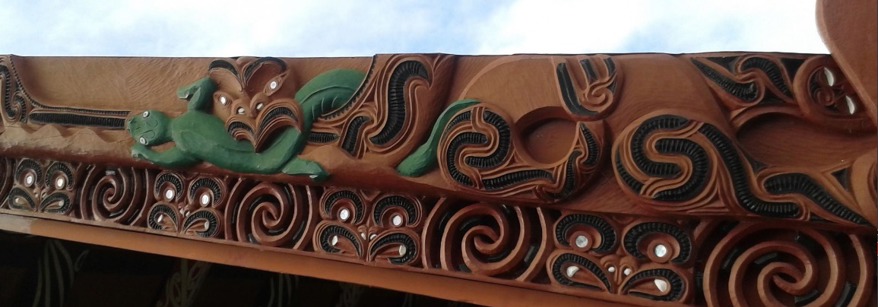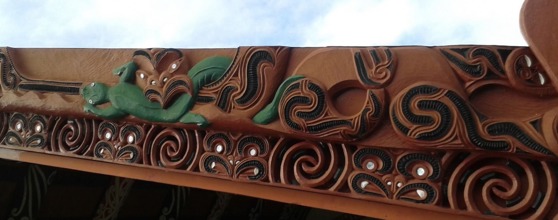

Engaging Maori
Māori, as tāngata whenua, have a unique relationship with Bay of Plenty Regional Council.
We work on a wide range of planning and policy issues that may require some form of Māori and iwi engagement. We are committed to growing our partnerships with Māori through collaborative engagement. Recent Treaty of Waitangi legislation obliges us to engage in more integrated approaches of co-governance, co-management and partnerships with iwi.
We take this responsibility seriously, and have developed policies and practices to ensure both our statutory and non-statutory obligations are implemented. We engage by sharing information, consultation processes, receiving feedback and active collaboration.
Integration of processes and practices involving Māori decision making and their contribution to Council is a growth area for us and members of the regional community, including Māori. We are in a position to strategically address the enhanced partnership role Council has with Māori through Komiti Māori and our Māori constituencies.
Settlements for Bay of Plenty iwi have included the return of land and resources, and have sometimes been accompanied by the establishment of joint resource governance (including Rotorua Te Arawa Lakes, Rangitāiki River, and Kaituna River) which presents new challenges and opportunities.
However, Treaty Settlements are not the only drivers of Māori economic development. Legislative amendments to key Acts and increased economic development through land trusts mean Māori businesses and corporations are driving Māori economic growth. Iwi, in a post-settlement phase, are more able to consider how to achieve socio-economic outcomes for their people. All of these activities will generate an economic base that will support land development.
Resource Management Act requirements
Changes to the RMA now requires us to provide Māori with the opportunity to have a more integrated role in the decision making processes of local government.
This includes how iwi would like to be engaged, representation on hearing panels, how Council provides information to them, and the extent to which they can participate in resource consent applications. Once initiated by iwi, these arrangements are mandatory, with iwi now having equal discretion over what is contained in them. This gives Council a clearer understanding of what iwi expectations will be in the future.
Te Hononga: the Regional Māori Engagement Plan for Implementing the NPSFM 2020
Te Hononga is the Māori relationships and engagement plan for the NPSFM and RNRP work programme. It is an action under He Korowai Mātauranga focussed on building relationships with Māori and provides a pathway to support the implementation of the NPSFM 2020.
Te Hononga recognises that iwi and hapū across the region have different interests, different levels of readiness, and varying ranges of capacity and capability to participate in planning processes. In response, a flexible approach is proposed, in which various options for involvement are made available, individually or in combination.
Two key phases are proposed:
Phase 1 (Now-Dec 2020): informal hui to establish engagement preferences and set up the project
Phase 2 (2021-2023): Confirm and establish engagement options and collaborate with Māori to identify values and design corresponding attributes. This will inform the policy development process.
